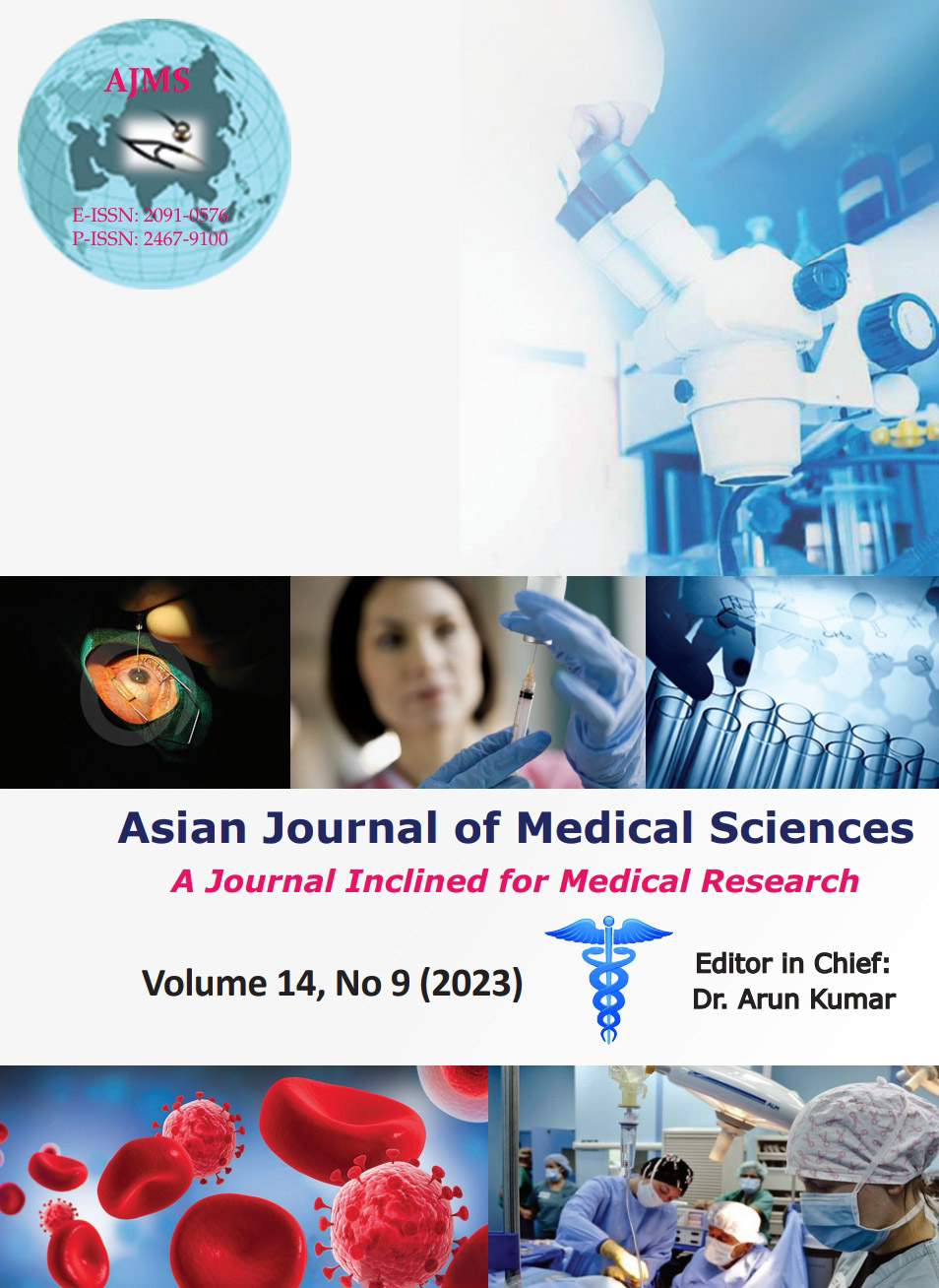Efficacy of pre-emptive peripheral nerve block using 0.25% bupivacaine for postoperative analgesia in patients undergoing maxillofacial surgeries under general anesthesia
Keywords:
Pre-emptive; Visual analogue scale; Verbal response scale; Maxillo-facial surgeryAbstract
Background: Conventional analgesia using non-steroidal anti-inflammatory drugs not only provides inadequate pain relief but also can produce a multitude of systemic adverse effects. During oral and maxillofacial surgeries, inhibition of central sensitization by pre-incision nerve blocks with local anesthetic can reduce postoperative pain, may curtail analgesic requirement, and thereby can provide better patient comfort.
Aims and Objectives: This study aimed to evaluate the effectiveness of pre-incisional peripheral nerve block using 0.25% bupivacaine over placebo for postoperative pain relief in patients undergoing oral and maxillofacial surgery under general anesthesia.
Materials and Methods: One hundred and twenty patients of 18–35 years of either sex, American Society of Anesthesiologists physical status class I and II had undergone oral and maxillofacial surgeries were divided into two groups to receive bupivacaine 0.25% (Study group, n=60) normal saline (Control group, n=60) for nerve block before surgical incision. Postoperative pain was assessed by Visual Analog Scale (VAS) score and verbal response scale (VRS) score. The number of rescue analgesia was required in the first 24 h and the incidence of any complications associated with this agent was documented.
Results: The VAS score was found considerably lower in the bupivacaine group compared with the control group in the first 24 h of postoperative period (P<0.05). A similar trend was observed with VRS score in the first 16 h of postoperative period (P<0.05). The number of rescue analgesia required in the control group was much higher in comparison with the study group. There was no serious adverse event in both the groups.
Conclusion: Bupivacaine 0.25% as pre-emptive analgesia can be used to reduce postoperative pain and analgesic requirements in maxillofacial surgeries.
Downloads
Downloads
Published
How to Cite
Issue
Section
License
Copyright (c) 2023 Asian Journal of Medical Sciences

This work is licensed under a Creative Commons Attribution-NonCommercial 4.0 International License.
Authors who publish with this journal agree to the following terms:
- The journal holds copyright and publishes the work under a Creative Commons CC-BY-NC license that permits use, distribution and reprduction in any medium, provided the original work is properly cited and is not used for commercial purposes. The journal should be recognised as the original publisher of this work.
- Authors are able to enter into separate, additional contractual arrangements for the non-exclusive distribution of the journal's published version of the work (e.g., post it to an institutional repository or publish it in a book), with an acknowledgement of its initial publication in this journal.
- Authors are permitted and encouraged to post their work online (e.g., in institutional repositories or on their website) prior to and during the submission process, as it can lead to productive exchanges, as well as earlier and greater citation of published work (See The Effect of Open Access).




